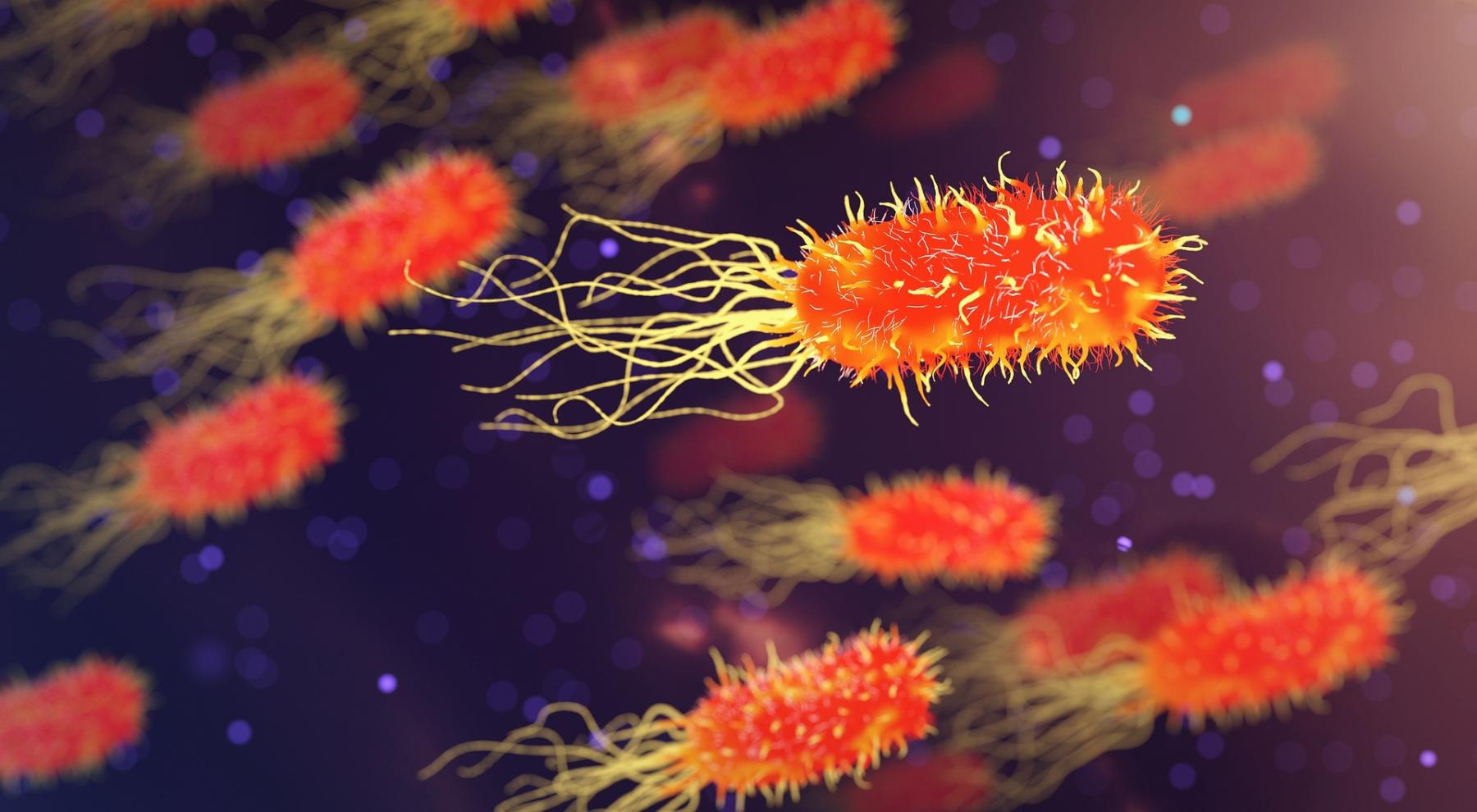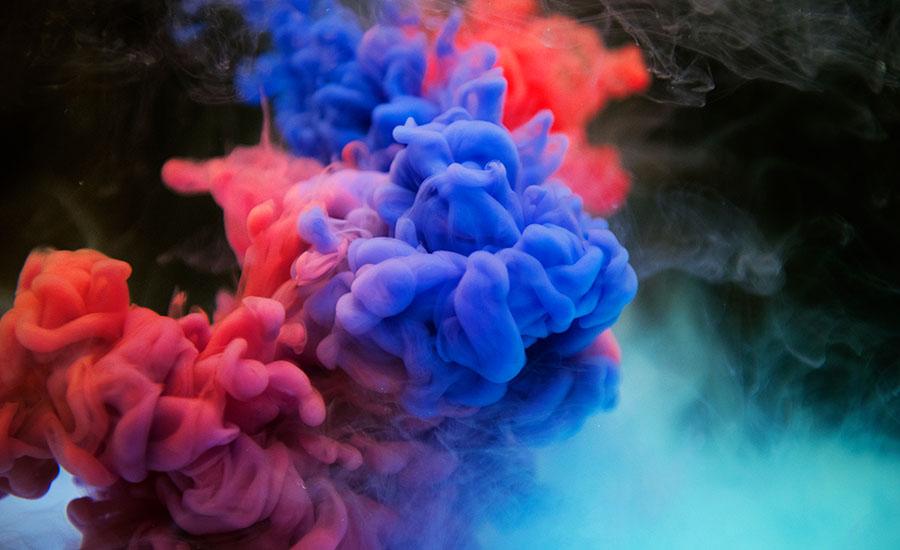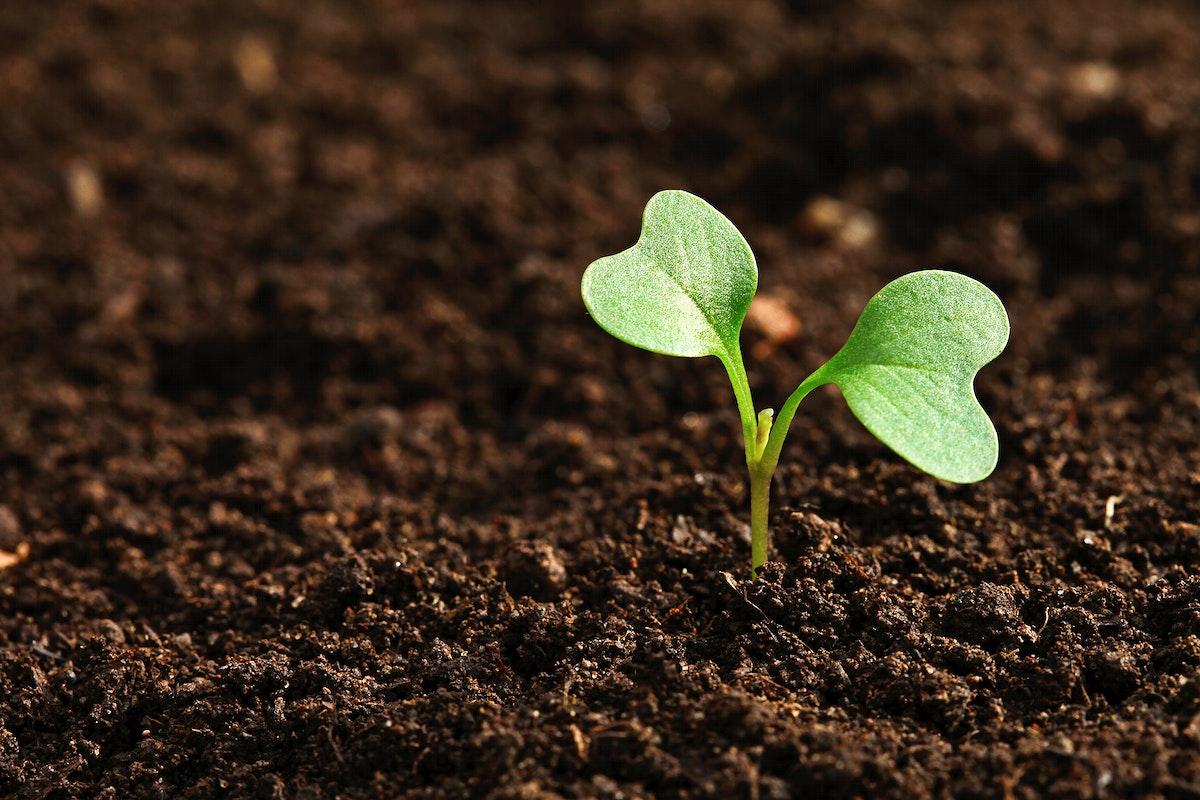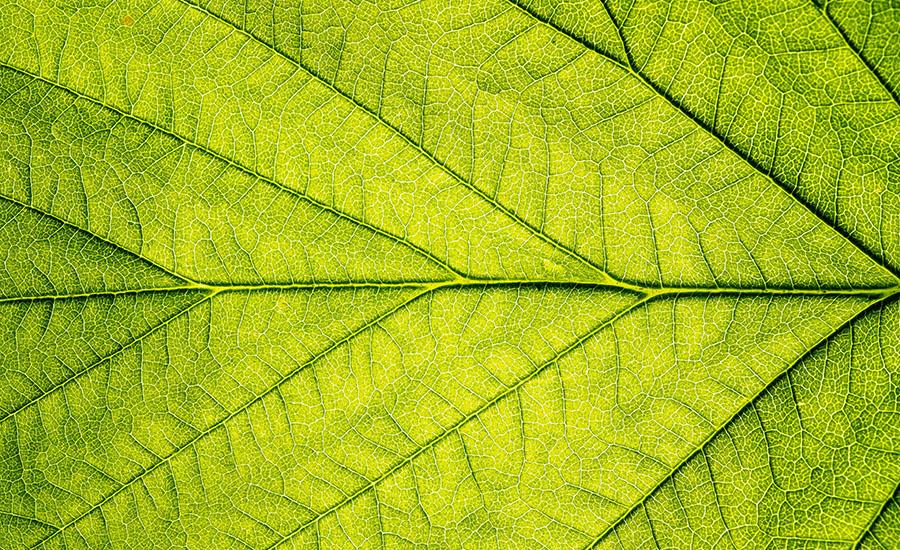
Microbial Serial Dilutions
This lesson is part of a project to isolate bacteria from soil and test it for antibiotic activity. This can be the start of the project or you can do lesson 1 soil microbes first. Though you do have to do this step before proceeding with the other lessons. This project is a real research experience for students and can be modified so students ask their own questions (example: change the type of soil). This lesson is based on the Tiny Earth project. Duration is of three days and students work in groups. Teacher prep can be up to 4 hours in sterilizing equipment and materials for students.
Lesson Plan Link/URL
https://docs.google.com/presentation/d/123Ou8uv65brBuXuRS0x8R6jutQIZzXpE/edit?u…Subject Area
Science Life Science L1: Cells Technology Mathematics Operations and Algebraic Thinking (OA)Related Content

Students learn about the chemistry that exists in some of the world's oldest surviving paintings. This lesson is the final part of a 3 part painting series, and focuses on binding agents in paint

What lives underground? Kinder- 2nd grade students will dig into the life found underground in this 3-part series. In this lesson, students will dig underground to extract soil, investigate/evaluate

The lesson plan consists of three labs that students can perform to investigate photosynthesis by preparing a slide and observing the chloroplast, test for the presence of glucose in leaves and